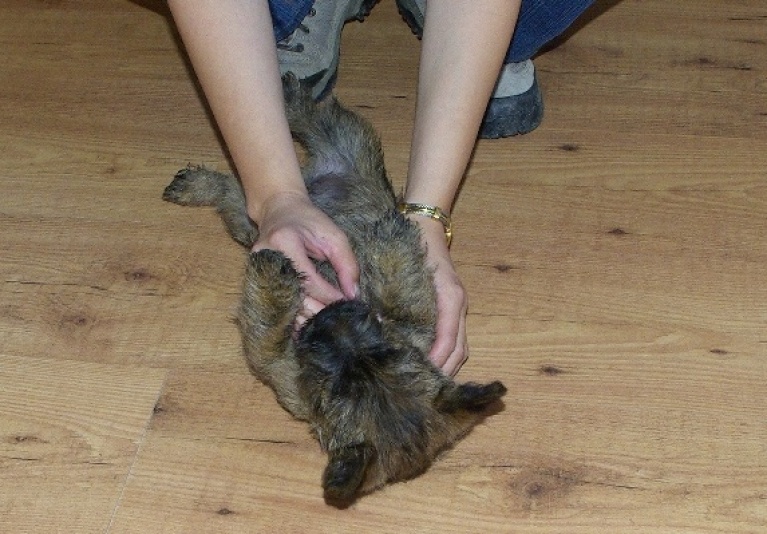Diagnostic Imaging Systems is pleased to announce the arrival of yet another technological marvel for the veterinary market – the new Double Head Wireless Ultrasound Probe. This ultrasound represents the latest in a long line of innovations brought to market by DIS, emphasizing their commitment to the continued advancement of digital imaging technologies at prices any veterinary practice can afford.
Now, veterinarians have the ability for close-to-surface imaging applications, such as, checking tendons on horses, and then quickly moving to abdominal organs such as kidneys, liver, spleen, bladder, and heart, with one Handheld Wireless Ultrasound Scanner. This scanner is equipped with a 3.5MHz/5MHz convex probe with a depth of 100mm~280mm and 7.5 MHz/10.0MHz linear probe with a 20mm~55mm depth.
“The image quality is great and the probe transmits the images wirelessly to any computer or tablet running Windows, Apple iOS, or Android operating systems,” states Scott Hecker, Sales Manager.
The cost savings are significant since prior to the availability of this new ultrasound, veterinarians would have to purchase two separate probes in order to have the functionality of this one. This scanner is perfect for in-clinic or in the field, as it comes with a hard carrying case and belt clip so you can carry it with you at all times.
For more information and pricing please contact Diagnostic Imaging Systems at 800-346-9729 or email them at Scott@vetxray.com.
###About Diagnostic Imaging Systems: Diagnostic Imaging Systems, Inc. (DIS) is a family owned and operated manufacturer and supplier of quality imaging products at the best possible price and price match guarantee. DIS products are specifically designed and engineered to match your specific needs. They combine over 35 years of industry knowledge with an understanding of your needs, to keep x-ray simple, so you can spend more time effectively managing your practice.










